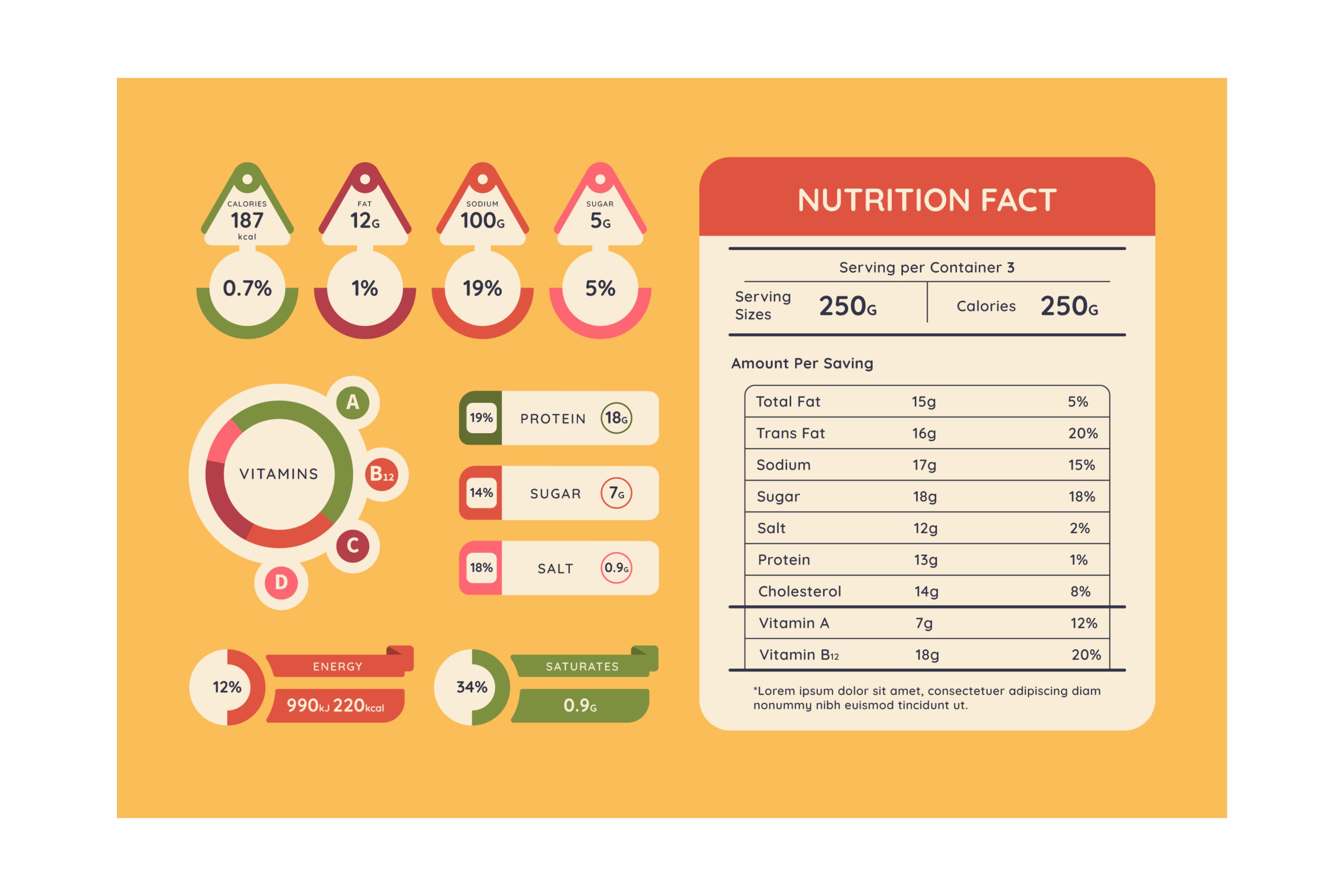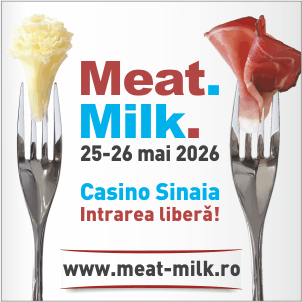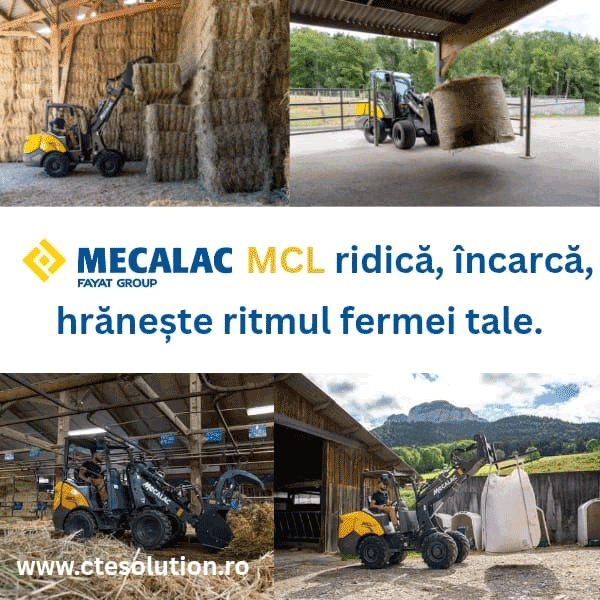433

Food Labeling: A Key Tool for Transparency and Consumer Trust
Introduction In recent years, the food label has become an essential tool of communication between producers and consumers. In an increasingly complex food landscape, where supermarket shelves offer a wide variety of products, the clarity and accuracy of information on packaging are crucial. In the European Union, labeling is regulated by Regulation (EU) No. 1169/2011, which establishes requirements for consumer information on food.
Food Labeling in Romania In Romania, compliance with this regulation is overseen by the National Authority for Consumer Protection (ANPC) and the National Sanitary Veterinary and Food Safety Authority (ANSVSA). The label must include mandatory information such as:
- product name,
- list of ingredients,
- allergens,
- net quantity,
- minimum durability date or use-by date,
- storage conditions,
- name of the producer,
- origin,
- nutritional information.
Consumer Perspective For consumers, this data is useful not only in evaluating product quality but also in avoiding food-related risks. For instance, allergen labeling is vital for people with sensitivities or medical conditions. Likewise, nutritional values support healthier choices, which is particularly important in a context where Romania is facing rising rates of obesity and metabolic diseases.
Producers’ Role Producers who choose transparent communication with clear and easily understandable information earn greater consumer trust. Labels may also include optional elements, such as eco-friendly logos, local origin mentions, or voluntary certifications, which can serve as differentiating factors in purchasing decisions.
Conclusion Food labeling is not just a legal obligation but also an effective communication channel between producer and consumer. In a market increasingly attentive to health and quality, the way a label is designed and presented can make a decisive difference.
(Photo: Freepik)





